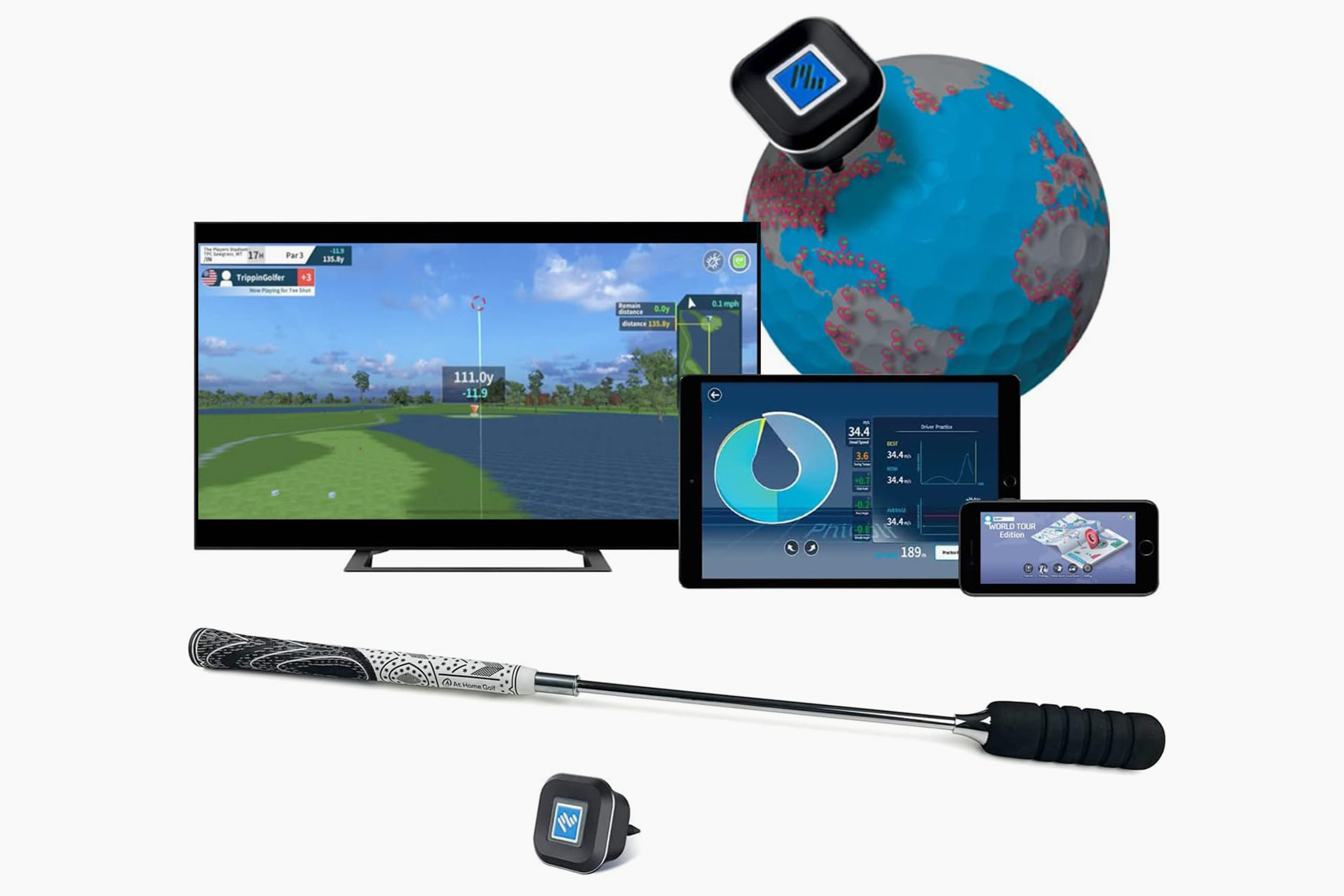This AI chip is the size of a grain of salt
Fiber optic cables have a bottleneck problem. Although they’re capable of transporting encoded data at the speed of light, translating the encoded data into understandable information often requires slower, much more energy-hungry equipment. Building off of previous innovations in a field known as passive neural networks, however, a team at China’s University of Shanghai for Science and Technology (USST) is developing a microscopic workaround: A new artificial intelligence chip that utilizes light physics to analyze data using only a fraction of the energy. What’s more, each chip is barely the size of a grain of salt.
The recent advances, detailed in a study published in the journal Nature Photonics rely on a form of neural networking first developed by researchers at the University of California, Los Angeles in 2018. Known as an “all-optical diffractive deep neural network,” this method uses patterned, 3D-printed layers of passive components that are precisely stacked together. The system is then trained to complete complex computations utilizing photons of light.

As New Scientist explains, the USST team recently used this concept as their starting point to create a “passive, well-trained neural network” that physically maneuvers light to perform computational analysis. All that data-encoded light, however, is conveyed through fiber optic wires no wider than a single human hair—so they needed their AI chip to be just as tiny in order to read each photon.
Researchers relied on “three-dimensional two-photon nanolithography” to construct each miniscule chip using ultrathin polymer layers. They then attached a chip to the end of a fiber optic wire, where it processed data as it passed through the cables at the speed of light. To test the invention, the team encoded images of numerals into light photons, then sent them through the fiber optic wires. The AI chips then successfully read the data and recreated each number image with minimal fuzziness. This kind of image recognition is now a rudimentary function in many AI systems, the salt-sized chips managed to do so in trillionths of a second. They also do so using only a few thousandths of the amount of energy as today’s AI-based image recognition technology.

The system is by no means perfect just yet. The slightest chip imperfections can degrade the overall system, and each chip must be specifically customized depending on the job needed. Still, the inventors believe the technology could eventually provide “unprecedented functionalities.” These might include situations such as endoscopic imaging and potentially even for quantum computing.
Source link





